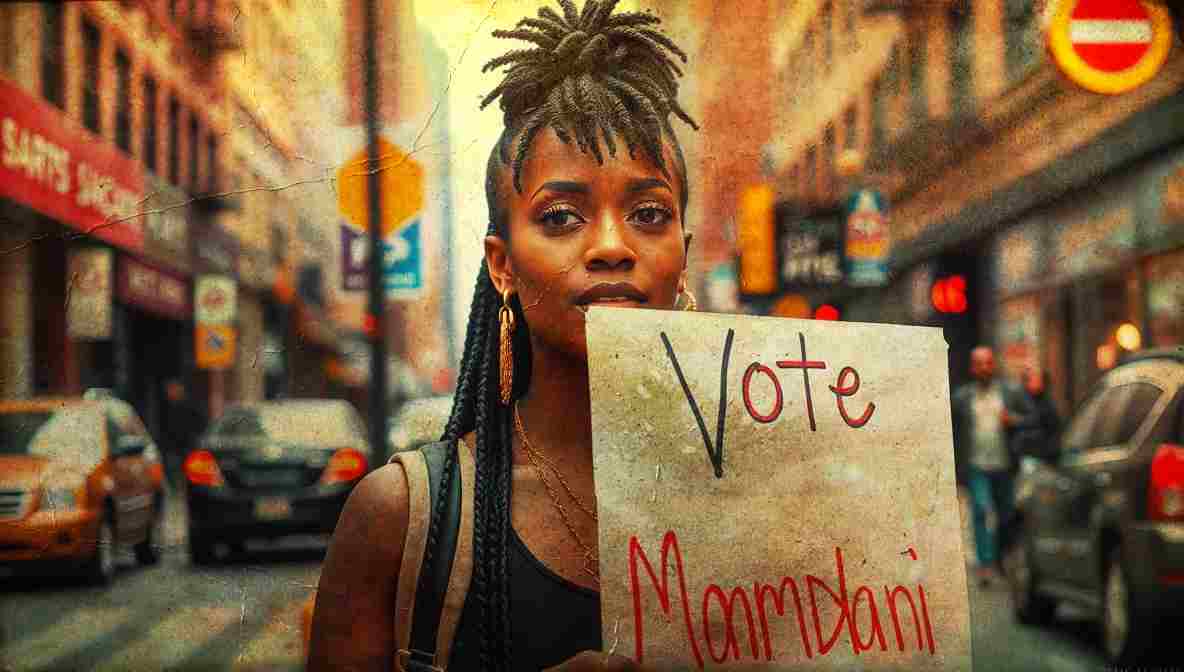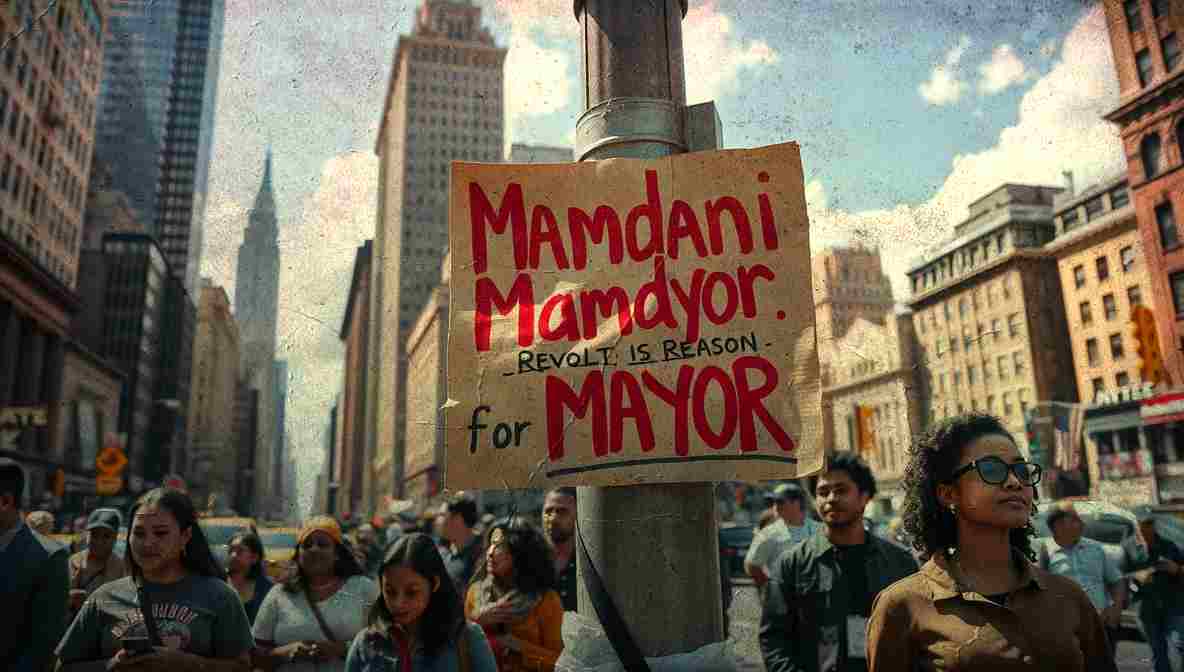Economic analysis of mayor-elect’s appeal to educated professionals outside corporate elite
Defining a New Voter Demographic
The Economic Times described Zohran Mamdani as “a successful political entrepreneur” who built his coalition by appealing to “college-educated voters who aren’t captains of industry.” This characterization captures an important demographic shift in American politics: the emergence of a substantial group of educated professionals who lack the wealth and economic security traditionally associated with college degrees.
This demographic includes teachers, social workers, nonprofit employees, artists, journalists, junior professionals in various fields, and others with college or graduate degrees working in sectors that don’t generate high incomes. These voters face economic challenges similar to working-class Americans despite their educational credentials, creating political possibilities for candidates who acknowledge their struggles and propose solutions.
Economic Precarity Among Educated Professionals
Mamdani’s campaign recognized that many college-educated New Yorkers experience economic stress despite their credentials. Rising housing costs, student loan debt, stagnant wages, and minimal job security have created a class of educated but economically vulnerable professionals who don’t fit traditional political categories. They’re not working-class in the conventional sense, but they also don’t enjoy the stability and prosperity associated with professional careers in previous generations.
This economic reality creates political opportunities for candidates willing to address it directly. Traditional Democratic Party messaging often assumes college-educated voters are economically secure and focuses on cultural issues or abstract values. Mamdani instead emphasized economic policies addressing the specific challenges facing educated professionals: housing affordability, debt relief, healthcare costs, and job security.
Coalition Building Strategy
Mamdani’s team identified educated non-elites as a crucial swing demographic that could provide margins of victory in a crowded primary field. While traditional working-class voters and wealthy progressives both had natural constituencies, educated professionals struggling economically represented an underserved group responsive to economic populist messaging combined with progressive social values.
The campaign developed messaging specifically targeting this demographic, emphasizing how current economic arrangements benefit property owners and corporate interests at the expense of ordinary professionals. Town halls and campaign events in neighborhoods with high concentrations of young educated workers allowed Mamdani to make his case directly to these voters.
Housing Crisis as Entry Point
Housing affordability served as the primary issue connecting Mamdani with educated but economically stressed voters. Many young professionals with good jobs and college degrees find themselves unable to afford independent living in New York City, sharing apartments well into their thirties or spending unsustainable percentages of income on rent. This experience of economic precarity despite educational achievement creates receptivity to systemic critique and calls for bold policy intervention.
Mamdani’s housing proposals, including expanded rent stabilization and increased public housing construction, resonated strongly with these voters. Unlike older homeowners who might fear property value impacts from housing reforms, young renters without prospects of homeownership supported aggressive intervention to make housing affordable.
The Decline of Middle-Class Security
Political scientists analyzing Mamdani’s coalition note that it reflects broader trends in American economic structure. The stable middle class that characterized mid-20th century America, where college degrees virtually guaranteed economic security, has eroded. Professional careers no longer provide the same pathway to homeownership, retirement security, and general prosperity they once did.
This structural change creates political volatility as educated voters who expected certain economic outcomes based on their credentials find themselves unable to achieve them. Traditional center-left politics, which often assumes college-educated voters are satisfied with status quo economic arrangements and focuses on cultural issues, fails to address this population’s economic anxiety.
Comparing Class and Education
Mamdani’s coalition strategy highlights the complex relationship between education and class in contemporary America. Education level increasingly predicts partisan affiliation, with Democrats performing better among college-educated voters and Republicans among those without degrees. However, education doesn’t perfectly correlate with economic security or class position.
Many college-educated voters, particularly those working in education, social services, or creative fields, have more economic commonality with working-class Americans than with wealthy professionals in finance, law, or corporate management. Recognizing this within-group variation among educated voters allowed Mamdani to build bridges between traditional constituencies and create new political coalitions.
Cultural Capital Without Economic Security
Sociologists describe Mamdani’s core supporters as possessing cultural capital without corresponding economic security. They have education, cosmopolitan values, and cultural sophistication, but lack wealth and economic stability. This combination creates distinct political priorities: progressive social values combined with economic populism and willingness to support significant redistribution.
This demographic’s political potential has been recognized by progressive politicians in other countries, particularly in European urban centers where similar coalitions have achieved success. Mamdani’s campaign appears to have learned from these international examples while adapting strategies to American context.
Media and Cultural Industries
Workers in media, publishing, arts, and cultural industries represent a particularly important subset of educated non-elites in New York City. These industries employ many college-educated professionals at relatively low wages, creating economic stress despite cultural influence. Mamdani’s campaign made particular efforts to reach these voters, recognizing their potential as both supporters and amplifiers of his message.
The campaign’s success among cultural workers has implications for how Mamdani’s mayoralty will be portrayed in media and creative work. These professionals’ economic interests now align with political changes that threaten wealthy property owners and corporate interests, potentially shifting cultural production toward more critical perspectives on inequality and economic structure.
Implications for Democratic Party Politics
Mamdani’s success building a coalition of educated but economically stressed voters has national implications for Democratic Party strategy. The party has struggled to maintain working-class support while also appealing to educated professionals. Mamdani’s approach suggests a path forward: economic populism that addresses shared interests of all workers, regardless of educational attainment.
This strategy requires Democrats to be more aggressive on economic issues than many party leaders prefer, challenging powerful interests that currently fund campaigns and shape policy. However, Mamdani’s victory, built on small-dollar donations and grassroots organizing, suggests this approach can succeed without traditional funding sources. Whether other Democratic politicians will follow this model remains to be seen, but Mamdani’s success provides a template for those willing to try.



